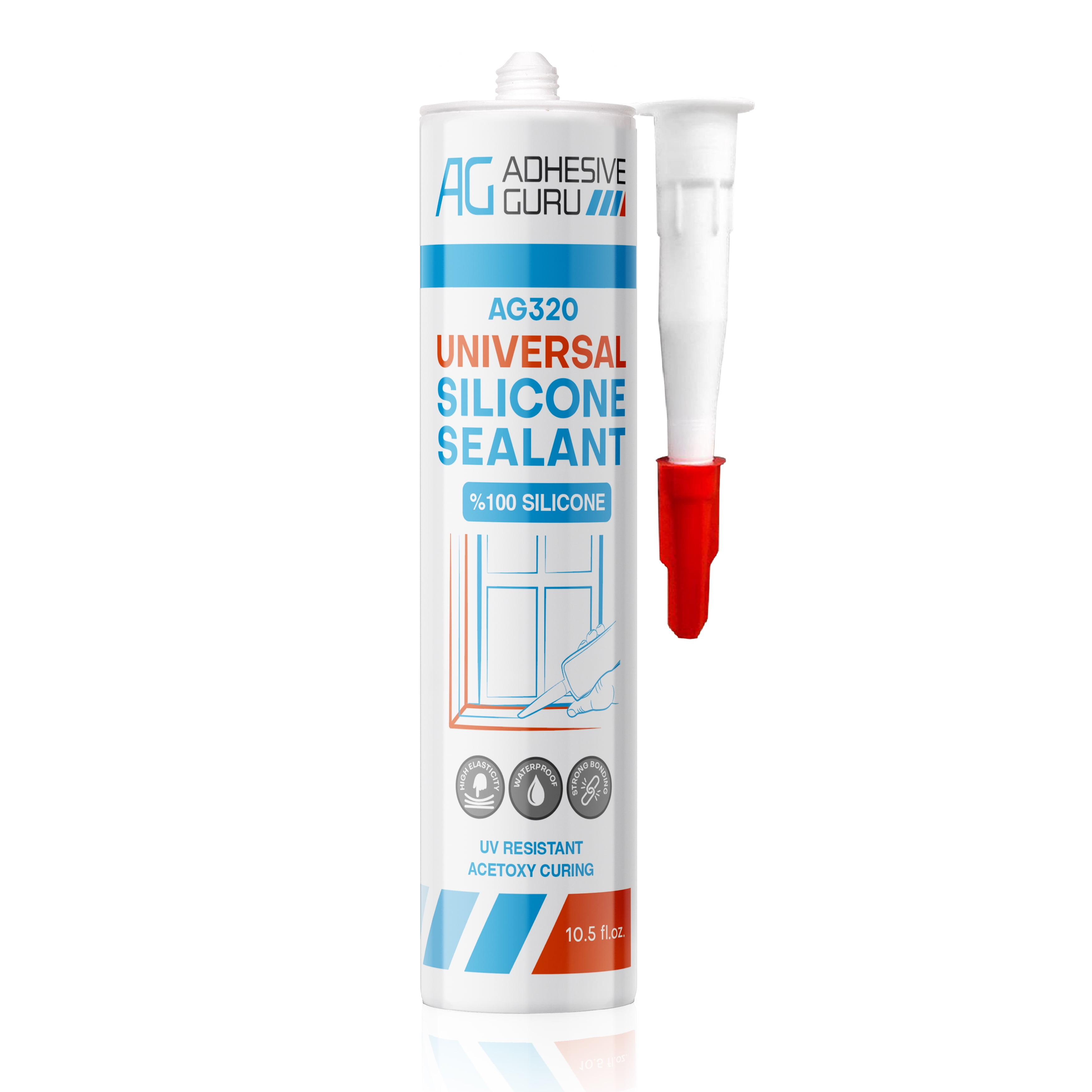Sealants: Various Uses of Silicone Material in Routine Activities

Silicone adhesive has become an essential element in various facets of our routine lives. From home improvement projects to vehicle applications, this adaptable material provides unparalleled flexibility, long-lasting performance, and resistance to harsh conditions. Its distinctive properties render it a popular choice for closing gaps and joints, offering not just protection against water damage but also enhancing the overall lifespan of buildings and items.
As we delve further the universe of silicone sealants, it is evident that their purposes extend well beyond basic repairs. Regardless of whether you are sealing around windows, securing tiles in the bathroom, or even crafting artistic projects, silicone sealant shows to be an essential ally. Join us as we explore the varied aspects of silicone sealant and see how it plays a vital role in both utilitarian and creative endeavors in our regular lives.

Types of Silicone Sealants
There are several types of silicone sealants, every one tailored for distinct applications and environments. Acetic acid silicone sealants are among the most common. They cure quickly and adhere well to a wide range of surfaces, making them perfect for general purposes such as sealing gaps around window frames and door frames. However, they release acetic acid upon curing, which can damage metals and should be handled carefully in sensitive applications.
Non-corrosive silicone sealants provide a adaptable solution that is suitable for a broader range of materials including metals, glass, and plastics. In contrast to acetoxy formulations, neutral cure sealants do not release harmful chemicals during curing, making them more secure for use in enclosed spaces and areas with sensitive materials. Their flexibility and resilience make them ideal for outdoor applications, such as sealing around roofs and in washrooms.
Specific silicone sealants are designed for niche applications where standard sealants may fall short. For instance, heat-resistant silicone sealants are engineered to endure extreme heat, making them suitable for use in automotive and industrial settings. Additionally, there are silicone sealants designed specifically for aquariums or food-related applications, ensuring that they meet strict regulations while providing a robust bond. Each type of silicone sealant plays a critical role in various everyday projects and repairs, contributing to their widespread use.
Uses in Daily Life
Silicone sealant is a multipurpose material widely used in household projects, making it an important component for homeowners and DIY enthusiasts. In kitchen areas and bath areas, silicone sealant is frequently applied around sinks, countertops, and bathtubs to create a water-resistant barrier. This not only avoids water damage but also prevents the growth of mold and molds, ensuring a neater, healthier environment. Its adaptability allows it to accommodate movement in these areas without breaking, providing durable protection.
In addition to moist zones, silicone sealant plays a crucial role in window and entry installations. It acts as an effective sealant, sealing cracks that might otherwise lead to drafts and energy loss. Applying silicone around window frames helps improve thermal performance and keeps out moisture, ensuring that homes remain cozy regardless of the external climate outside. This application is particularly important for maintaining the stability of a building's structure over time.
Outside the house, silicone sealant is also effective in various applications such as sealing cracks in roofs, paths, and patios. It can withstand harsh temperatures and harsh weather conditions, making it an excellent choice for outdoor use. Its durability and tolerance to UV rays help protect materials from wear, making maintenance easier and extending the lifespan of external features. Whether for repairs or new projects, silicone sealant is an essential tool in enhancing both the effectiveness and appearance of everyday life.
Perks and Considerations
Silicone sealant offers a wide range of benefits that make it a well-liked choice for multiple applications. One of the main benefits is its exceptional bendability and stretchiness, which allows it to handle motion and movement without compromising its performance. This makes it ideal for use in areas where materials may stretch or reduce due to temperature changes. Additionally, silicone sealants are protected to humidity, mold, and ultraviolet light, ensuring long-lasting protection against outside factors.
Another notable positive aspect of silicone sealant is its convenience of application. fugenschmiede comes in a squeeze tube that can be readily applied into place, making it easy to use for both trained contractors and home improvement fans alike. The setting process is relatively quick, and once hardened, it provides a robust bond that can adhere to a variety of materials such as crystal, aluminum, and polymer. This flexibility further enhances its appeal for a variety of sealing tasks around houses and establishments.
However, it is important to be aware of a few caveats when using silicone sealants. While they shine in pliability, they may not be suitable for all surfaces or categories of jobs. For instance, silicone should not be painted over, as most paints will not adhere well to its surface. Additionally, some types may have specific thermal or usage requirements, which should be thoughtfully reviewed before buying. Users should also be mindful of the curing times and ensure the area is clean and free from dampness for optimal results.
